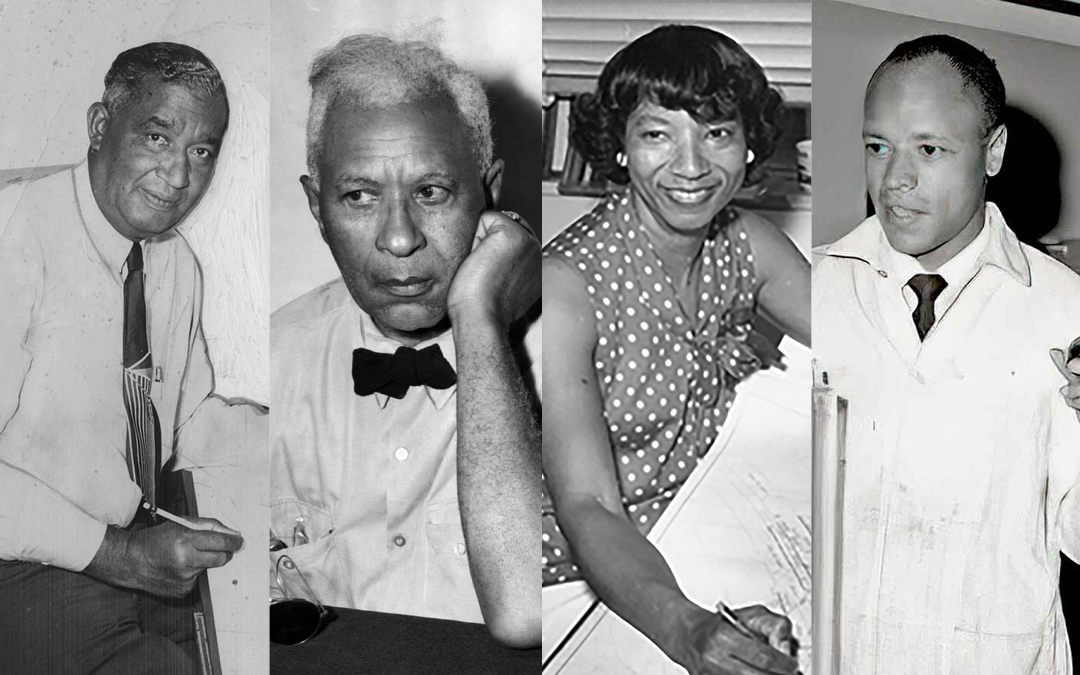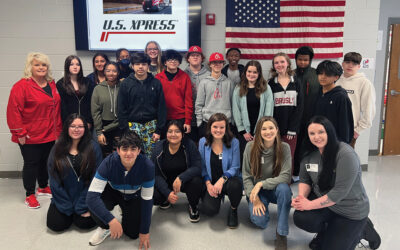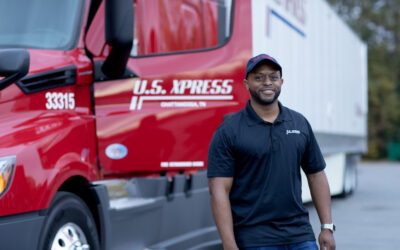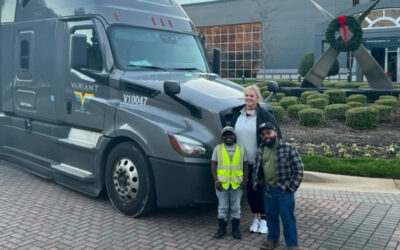In the face of systemic racial injustice, these pioneers persisted in bringing their brilliant ideas to life for a better industry and a better world.
What’s happening: In observation of February’s Black History Month, we’re highlighting Black groundbreakers in our industry, and celebrating the benefits of inclusion and diversity across our business and beyond.
Why it matters: Despite unjust racial barriers that made their journeys extraordinarily challenging, these transportation pioneers persisted in imagining and creating some of the most essential inventions in our industry.
The bottom line: Inclusive business practices build cultures where every great idea can shine, and talent can thrive. The stories of these determined and gifted inventors and engineers are an important reminder that diversity delivers better ideas, better results, and a better world for everyone.
The inventor of the Thermo King refrigerated truck system. The visionary who developed the modern stoplight. The first Black woman (and only the second woman) to pass the Professional Engineers licensing exam in California. The mind behind the catalytic converter. As we kick off Black History Month in February, we’re highlighting some brilliant inventors and engineers who broke entrenched, unjust racial barriers and set new standards for our industry and the wider world of transportation.
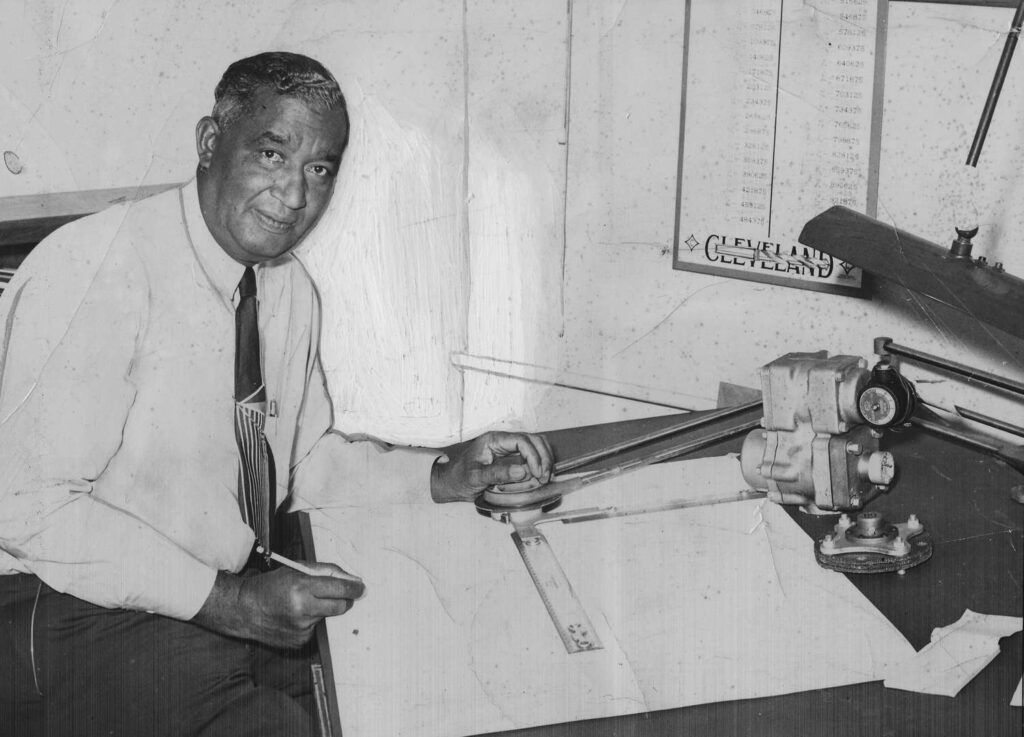
In the mid-1930s, inventor and engineer Frederick McKinley Jones started working on the mobile refrigeration technology that would ultimately form the basis of the Thermo King Corporation. A largely self-taught engineer who left school after sixth grade, Jones was working as an auto mechanic by age 14. He served in World War I as part of an all-Black unit and was promoted to sergeant because of his mechanical skills. During the war, he equipped his camp with electricity, telephone, and telegraph services.
After his military service, Jones went to work with an entrepreneur who asked him to design mobile refrigeration technology. By 1949, Jones had patented his invention, and Thermo King had grown to a $3 million business. During his lifetime, Jones was awarded 61 patents, 40 of them for refrigeration equipment.
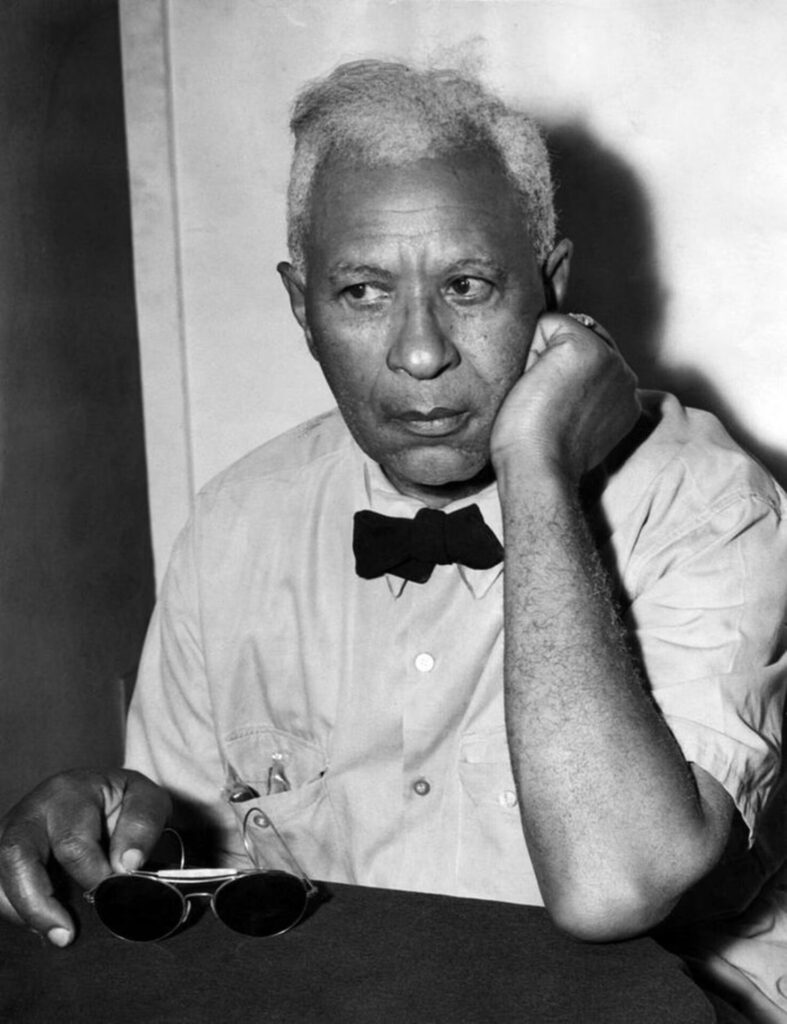
Repairing sewing machines for a clothing manufacturer first sparked Garrett Morgan’s career as an inventor, and he created a host of devices and products throughout his career, including a safety hood that became the precursor to the modern gas mask.
Starting around 1913, as cars began to share the roads with horses and pedestrians, the first traffic signals began appearing. In 1922, after witnessing an accident between a car and a carriage at a dangerous intersection, Morgan innovated the two-position traffic lights to add a third position — the yellow warning light we’re all familiar with. He was granted a patent for the invention in 1923.
Morgan, who was the son of people who had been enslaved, also co-founded the Cleveland Association of Colored Men in Ohio. The organization later merged with the National Association for the Advancement of Colored People, and Morgan served as the organization’s treasurer.
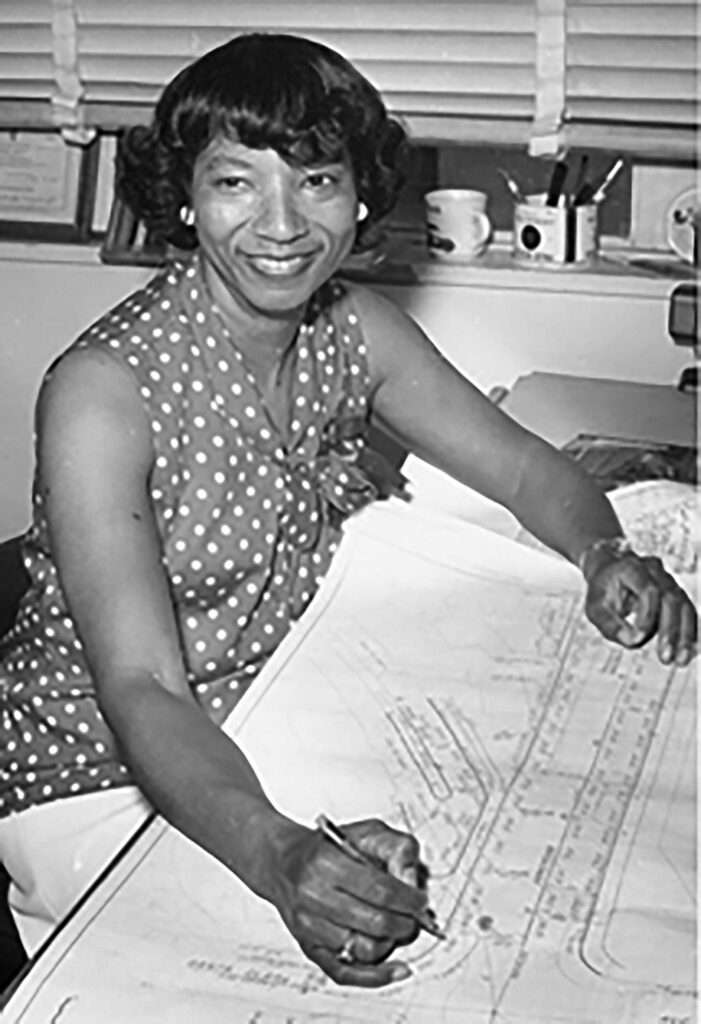
In 1953, Lois Cooper became the first Black woman to work as a transportation engineer for the California Division of Highways. An astonishingly talented mathematician, Cooper was known among her fellow engineers as the person they could go to for solutions to the most difficult problems — and to spot any errors in their work.
Cooper worked on major transportation projects including the I-105 Century Freeway, the San Diego Freeway, the Long Beach Freeway, and the Riverside Freeway. She designed the first bike path off the 91 Freeway, and was a leader in the effort to establish carpool lanes.
Later in life, she became involved in the Los Angeles Council of Black Professional Engineers and spent much of her time advocating for math and engineering education, while also teaching classes herself. Cooper became the first woman president of the Los Angeles Council of Black Professional Engineers in 1971.
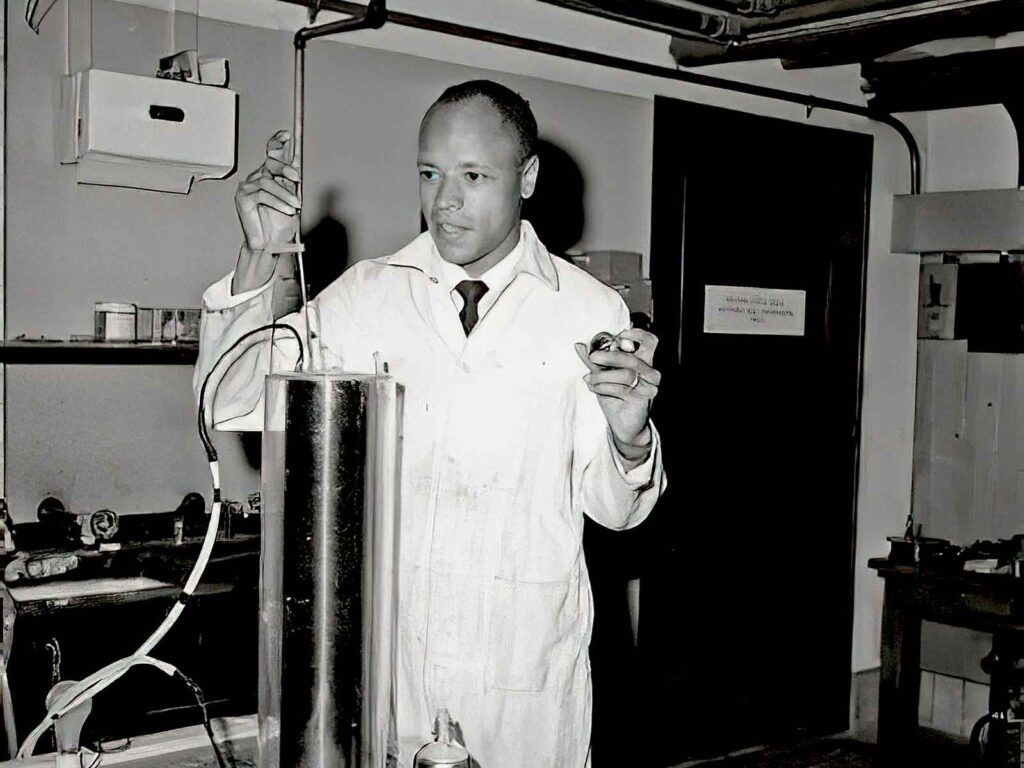
Meredith Gourdine was a prolific inventor who was awarded more than 30 patents in his lifetime. He was also an accomplished athlete who was selected to represent the United States in the long jump at the 1952 Summer Olympics, where he won a silver medal.
Among Gourdine’s best-known inventions is the Electrogasdynamic Precipitator with Catalytic Reaction (also known as the catalytic convertor), which is used to clean exhaust fumes of gases and particles that are harmful to the environment.
Gourdine held a bachelor of science degree in engineering physics from Cornell University and a Ph.D. in engineering physics from The California Institute of Technology.
In 1964, Gourdine borrowed $200,000 from his family and friends so he could open the Gourdine Laboratory in Livingston, N.J. He is also known for the Incineraid System, which was used to disperse smoke from burning buildings and for diffusing fog at airports.
Every year, Black History Month is an opportunity to celebrate the achievements of Black Americans and a time for recognizing their central role in U.S. history. Since 1976, every U.S. president has officially designated the month of February as Black History Month.


